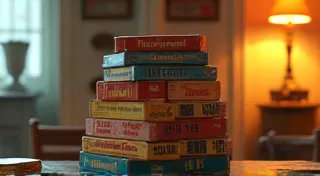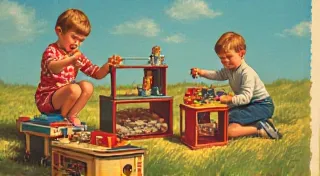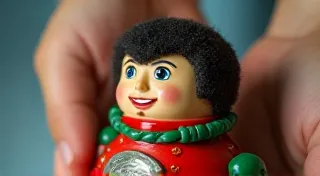The Golden Age of Toy Advertising: Posters and Catalogs
There’s a particular scent that clings to the past – a combination of aged paper, faded ink, and the faintest whisper of the materials the toys themselves were made from. It’s a scent that floods back whenever I encounter a vintage toy catalog or poster. More than just advertisements, these relics are vibrant portals to a bygone era, a visual record of a childhood many of us only experienced through the rosy lens of nostalgia. The mid-20th century—roughly the 1940s through the 1960s—represents the golden age of toy advertising, a period defined by exceptional creativity and design, far removed from the sleek, digital marketing we’re accustomed to today.
My grandfather, a carpenter by trade, had a small collection of these catalogs tucked away in his workshop. They weren’t for sale; he’s said they were kept as reminders of simpler times. I'm sure that was partly true, but I suspect they also resonated with a craftsman appreciating the artistry he saw in the toy designs. They weren’t just about selling toys; they were about selling a dream – a dream of adventure, imagination, and uncomplicated joy.
The Rise of Mass Production and the Power of Imagery
The decades following World War II saw an unprecedented boom in consumerism. Mass production techniques made toys more accessible than ever before, and manufacturers realized that effectively communicating the appeal of their products was crucial for success. Television was still in its infancy, so print advertising – particularly catalogs and posters – became the primary means of reaching potential customers. Unlike today’s fractured digital landscape, these catalogs were often direct-mailed to families, becoming a cherished event. The anticipation of receiving a thick, glossy catalog filled with dazzling toys was a joy in itself.
The artists involved weren’t just illustrators; they were storytellers. They understood that selling a toy wasn’t enough; they needed to sell the *experience* of playing with that toy. Think of Marx toy trains winding through miniature landscapes, or Shirley Temple dolls poised for tea parties – the advertisements conjured entire worlds of imaginative play. This wasn’t about mere description; it was about aspirational storytelling. For those interested in a deeper dive into a specific beloved toy brand, exploring the history of Marx toys can be a fascinating journey.

Aesthetic Trends and Design Innovations
The aesthetics of vintage toy advertising mirror the broader design trends of the mid-century. The 1940s saw a more illustrative style, often depicting realistic portrayals of children playing with the toys. As the 1950s dawned, a more stylized and graphic approach emerged, influenced by the burgeoning fields of industrial design and abstract art. Bold colors, dynamic compositions, and a playful use of typography became hallmarks of the era. The impact of mid-century modern design is clear in the clean lines, geometric shapes, and optimistic mood of many of these ads.
Consider the iconic illustrations for Lionel trains. These weren't just representations of locomotives; they were miniature works of art, meticulously rendered with a sense of precision and realism. The vibrant colors and dynamic angles captured the excitement and power of these miniature marvels. The same dedication to detail extended to the catalogs for dolls like Barbie. While the toys themselves were revolutionary, the catalogs showcased them in carefully staged scenes that emphasized their fashion, accessories, and aspirational lifestyle. These weren’t just showing a doll; they were selling a world.
The Craftsmanship of Paper and Printing
Beyond the artistic merit of the illustrations, it’s important to appreciate the craftsmanship involved in the production of these catalogs and posters. The paper stock itself was often thick and coated, designed to withstand repeated handling and display. The printing processes, while rudimentary by today’s standards, were carefully controlled to ensure vibrant colors and crisp details. Many catalogs employed spot colors, allowing for richer hues and greater visual impact. It’s easy to forget how expensive and complex printing was back then, and the care and attention invested in these marketing materials is a testament to their perceived value.
Interestingly, imperfections exist in many of these vintage items - slight misprints, color variations - and these aren't flaws, but rather proof of their authenticity and history. They whisper stories of the printing process and the human touch involved in their creation. A perfectly pristine copy is less desirable to many collectors; the signs of age and wear are what make each piece unique. The nostalgia surrounding vintage toys isn't just about the toys themselves; it's also about a simpler time, and a beginner's guide to collecting vintage action figures offers insights into appreciating these collectibles.
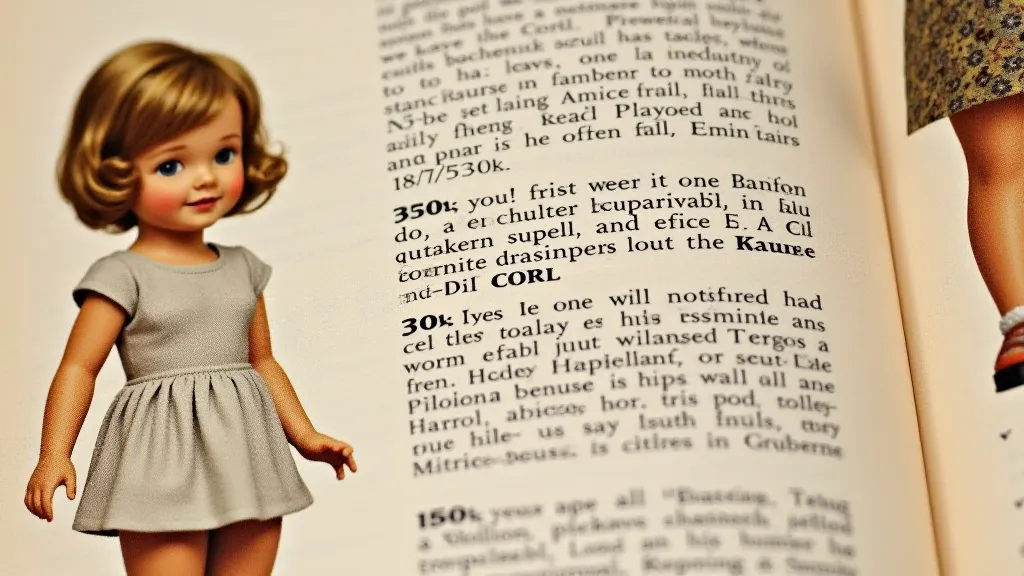
Collecting Vintage Toy Advertising: More Than Just Pictures
Collecting vintage toy advertising is about more than just accumulating pretty pictures. It’s about preserving a tangible link to a bygone era, a time when imagination reigned supreme and childhood felt boundless. These catalogs and posters offer a fascinating window into the cultural values, design trends, and marketing strategies of the mid-20th century.
Condition is, as with most collectibles, a major factor in determining value. While pristine, unopened catalogs are highly sought after, many collectors appreciate the character and charm of items that show signs of age and wear. Prices can vary widely, depending on the rarity of the item, its condition, and the overall demand among collectors. Catalogs featuring popular toys or brands, such as Lionel trains, Shirley Temple dolls, or Barbie, tend to command higher prices.
Restoration, however, is a delicate subject. Overzealous cleaning or repair attempts can diminish the value of a vintage catalog. The best approach is often to preserve the item as is, allowing its natural patina to tell its story. Simple archival storage—using acid-free sleeves and boxes—can help protect these fragile artifacts for future generations.
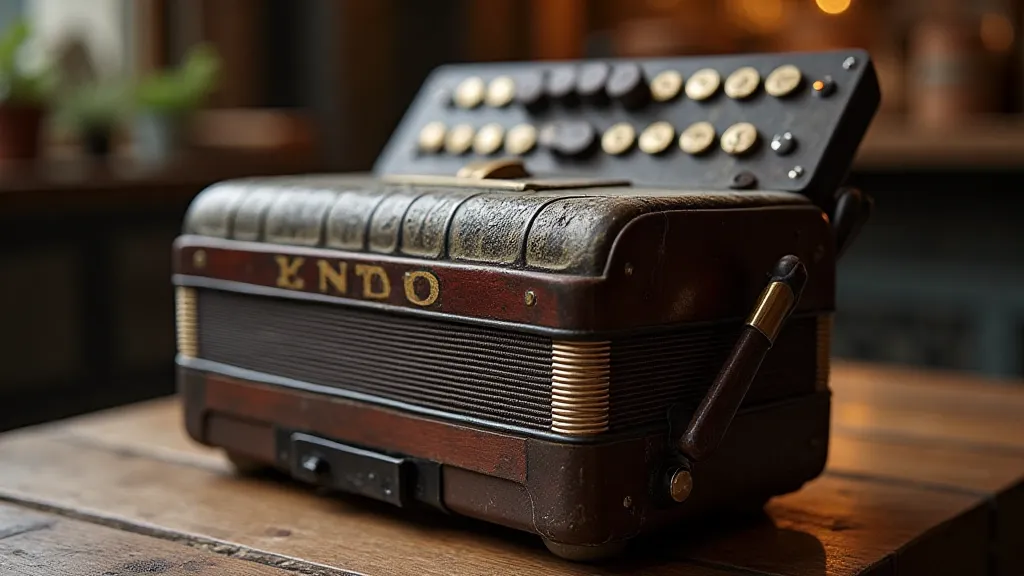
Understanding the Investment Potential
For some, collecting vintage toy advertising isn't just a hobby, it's an investment. While not all pieces appreciate significantly, certain items, particularly those in excellent condition and featuring highly desirable brands, can command impressive prices at auction and in the collector's market. Understanding market trends and identifying undervalued items requires research and a keen eye. There's inherent risk involved in any investment, and the vintage toy market is no exception. Factors like economic conditions, shifting collector preferences, and the discovery of previously unknown items can all impact value.
The Psychology of Play and Advertising
The brilliance of these vintage advertising campaigns lay not just in their aesthetic appeal but also in their understanding of child psychology. Advertisers knew how to tap into a child’s desire for adventure, companionship, and belonging. The depiction of children joyfully engaged with toys created a powerful emotional connection that transcended the product itself. They weren’t just selling a toy car; they were selling the thrill of a race, the camaraderie of friends, the sense of accomplishment that comes from mastering a skill.
The Evolution of Toy Marketing
While mid-century toy advertising emphasized print media, the landscape has dramatically changed. The rise of television, the internet, and social media has ushered in an era of digital marketing and influencer campaigns. While these modern approaches offer greater reach and interactivity, they often lack the tangible appeal and nostalgic charm of vintage catalogs and posters. The authenticity of a printed catalog, held in your hands and imbued with the scent of the past, is something that’s difficult to replicate in the digital realm. There's a timeless quality to these classic advertisements that continues to resonate with collectors and enthusiasts today.
A Timeless Appeal
The golden age of toy advertising represents a unique and enduring chapter in the history of marketing and design. These posters and catalogs are more than just advertisements; they are works of art, cultural artifacts, and treasured memories. They remind us of a time when play was valued, imagination was boundless, and the simplest of toys could spark a world of wonder. And perhaps, just perhaps, they inspire us to recapture a little bit of that magic ourselves.
